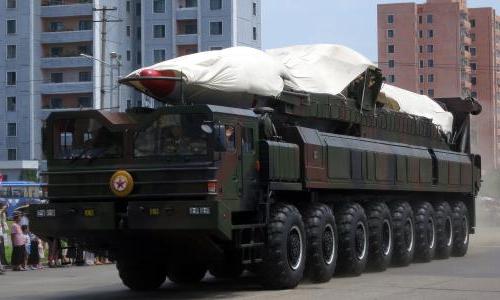The National 导弹防御 system under development by the United States would be ineffective against even limited ballistic missile attacks from emerging missile states. 此外, its deployment would increase nuclear dangers from Russia and China, and impede cooperation by these countries in international efforts to control the proliferation of long-range ballistic missiles and weapons of mass destruction.
This report examines in detail whether the planned NMD system would work against real world missile attacks. It focuses on the effectiveness of the system against the most commonly cited (and presumably the least sophisticated) threat: attacks by emerging missile states.
While the number of attacking missiles would have a significant impact on the operational effectiveness of the NMD system, of greater importance would be the "countermeasures" an attacker took to confuse, 压倒, 否则就会打败对方的防守. The 1999 National Intelligence Estimate on the ballistic missile threat to the United States -- a document prepared by the US intelligence community -- stated that countermeasures would be available to emerging missile states. Our study first considers the types of countermeasures that a real adversary could use to counter the NMD system, 这也是整个体系必须面对的问题. We then make a detailed technical assessment of the operational effectiveness of the planned NMD system against a limited attack using three specific countermeasures that would be available to any state able to deploy a long-range ballistic missile.
Our analysis of the effectiveness of the NMD system assumes it has all of the sensors and interceptors planned for the full system to be deployed only by 2010 or later. 然而, countermeasures could be deployed more rapidly and would be available to potential attackers before the United States could deploy even the much less capable first phase of the system.
这项研究的参与者都是物理学家或工程师. Our analysis is based on an understanding of basic physics and technology and uses only information available in the open literature. This detailed analysis is possible because the United States is now so close to potential deployment that it has selected the specific interceptor and sensor technologies that the NMD system would use. We do not believe that access to classified information would in any significant way alter our study or its conclusions.
The United States must assume that any potential attacker would conduct a similar analysis.



